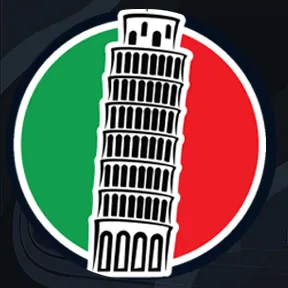Karahan Tepe | Pottery from the Pre-Pottery Neolithic?
Anybody interested in the very remote ancient sites of Gobekli Tepe and Karahan Tepe, will no doubt have heard that they belong to the period of time we call the Pre-Pottery Neolithic, and this roughly began around 12,000 years ago.
The terminology was coined by the late, great Kathleen Kenyon during her excavations of Jericho in the 1950s and 60s. She classified it as the earliest phase of the Neolithic in the Near East, when agriculture was practiced but pottery was not made.
But in the past few years, miniature pottery vessels have been discovered at Karahan Tepe - and they’re in a Pre-Pottery Neolithic context. Pottery fragments have also been found inside the fill of the pillared enclosure AB.
So Karahan Tepe is a Pre-Pottery Neolithic site, with pottery but no agriculture. So how is it “Pre-Pottery Neolithic?” In this video, I'll be explaining exactly what we mean by "Pre-Pottery Neolithic" today and also why we find pottery at this enigmatic site in southeastern Türkiye.
00:00 - Introduction
00:27 - The Pre-Pottery Neolithic
01:28 - Pottery Discovered at Karahan Tepe
04:18 - The Pre-Pottery Neolithic A
07:52 - The Pre-Pottery Neolithic B
08;35 - The Pre-Pottery Neolithic C
09:10 - Pottery Explained
10:54 - The Epipalaeolithic - PPN Transition
11:28 - Epipalaeolithic Innovations
13:06 - The Dynamic Change to the PPNA
14:16 - Five Key Points
15:10 - Concluding Remarks















































